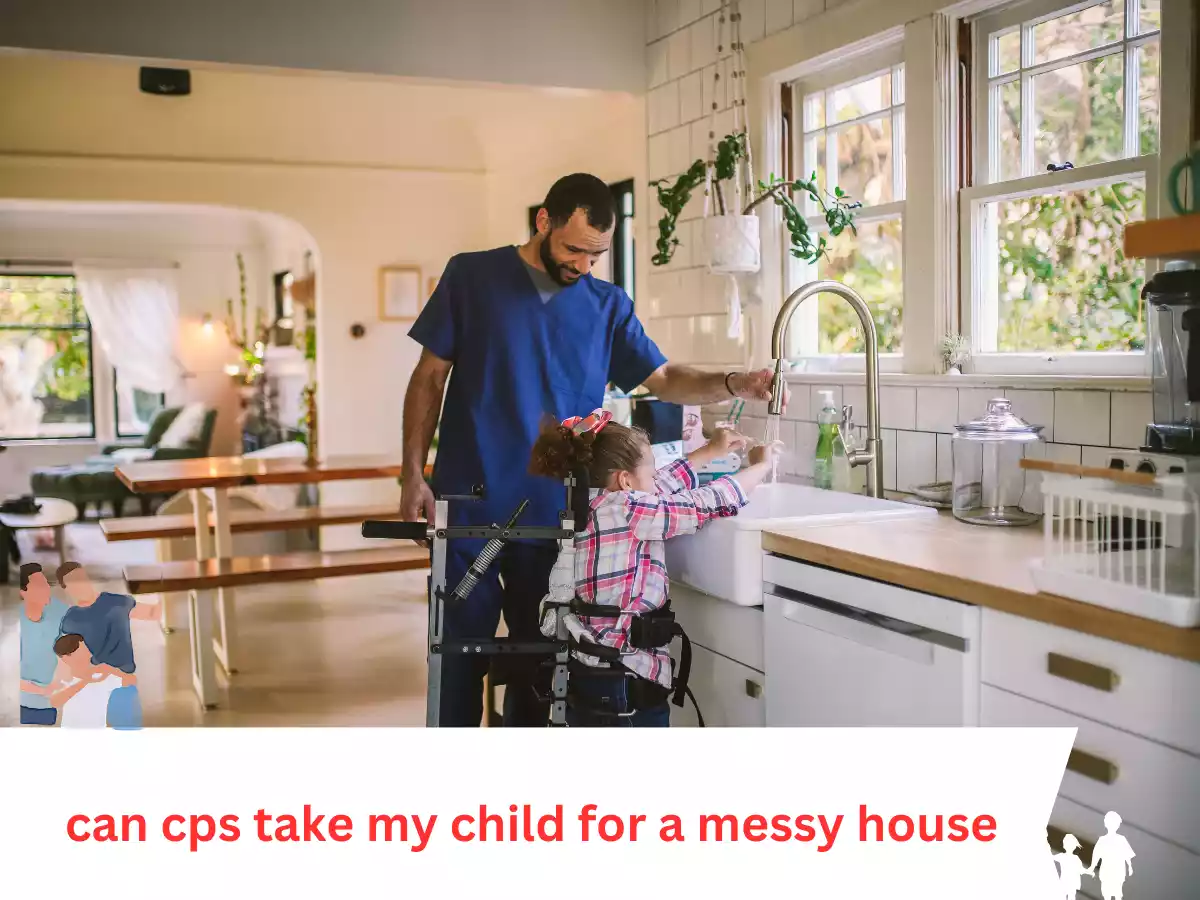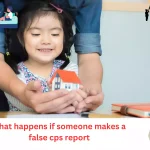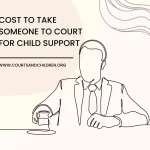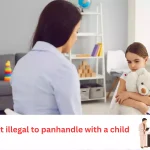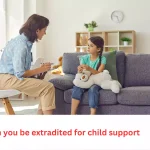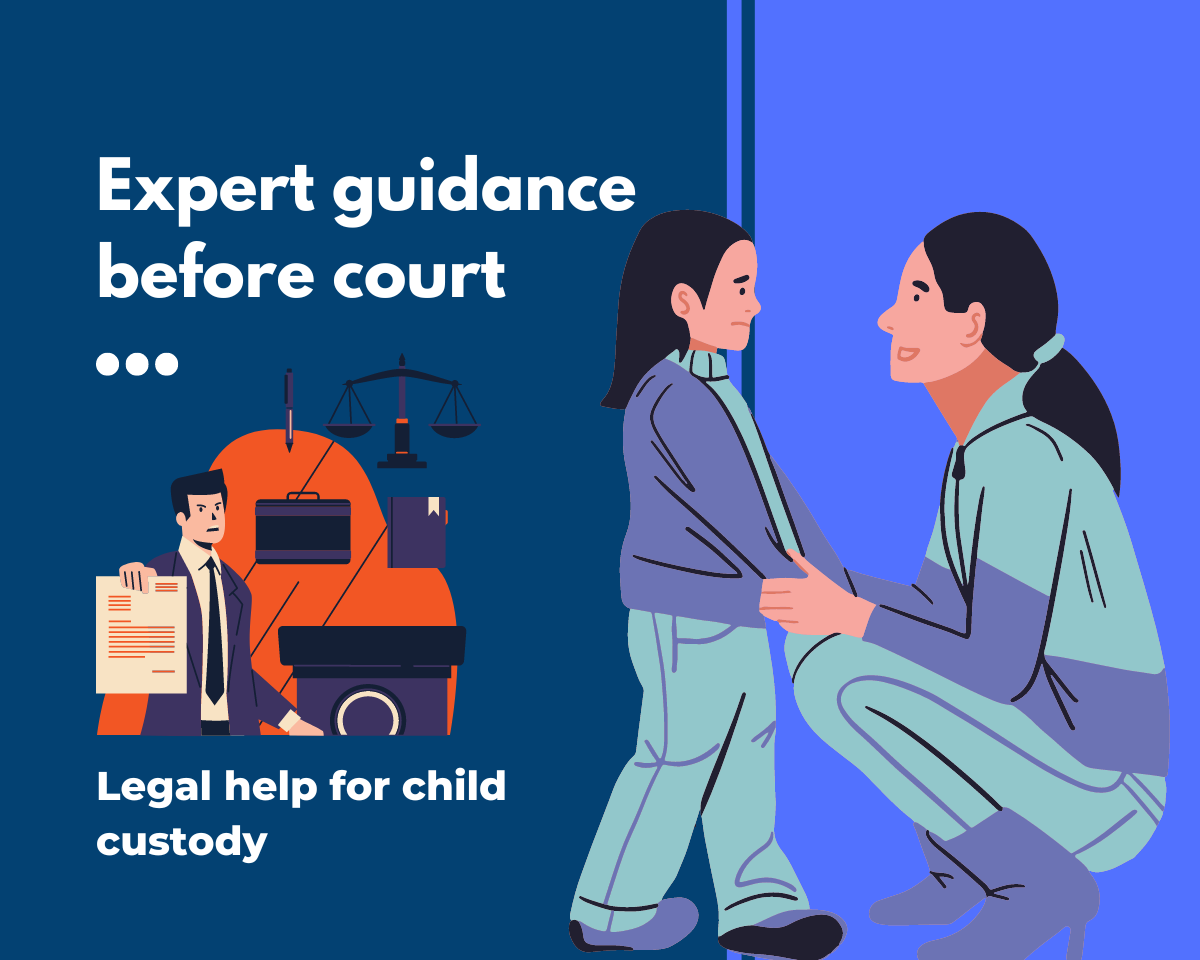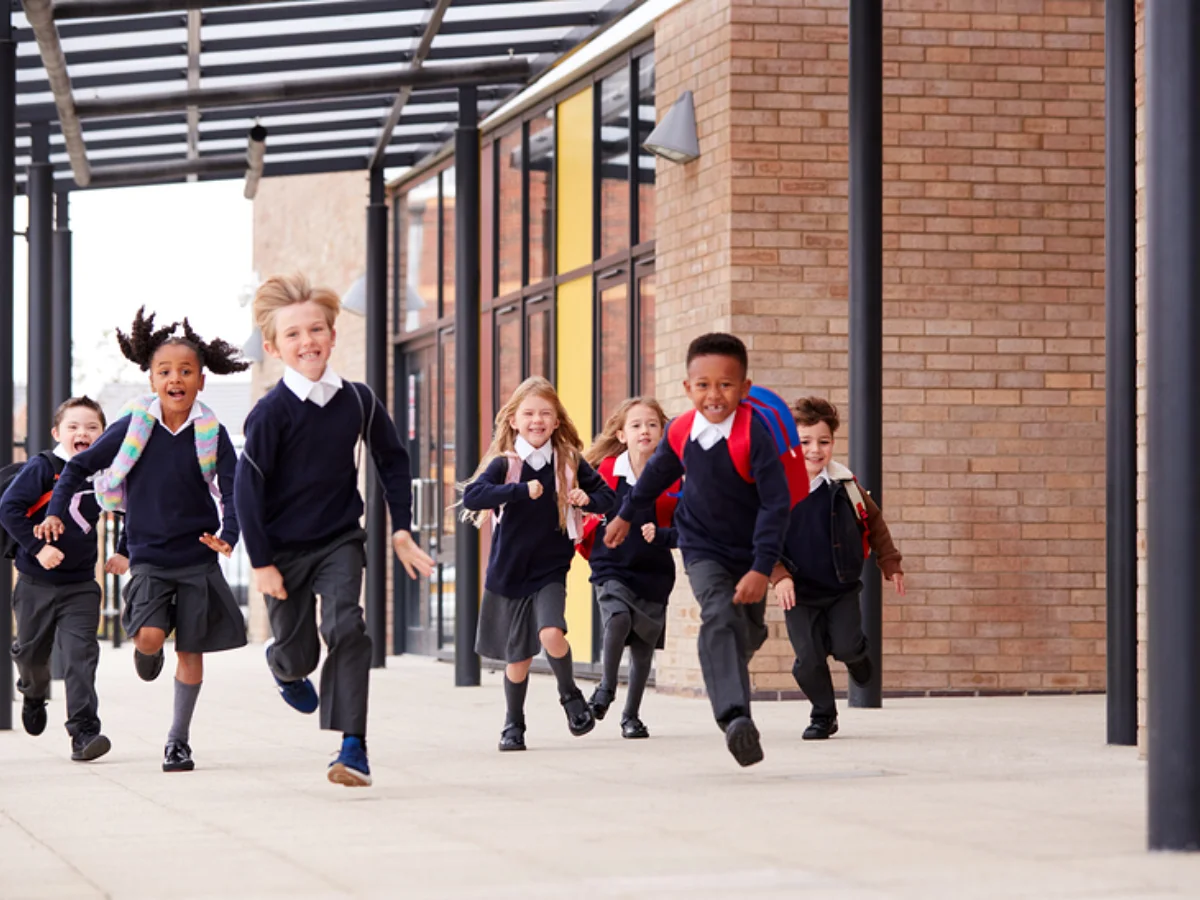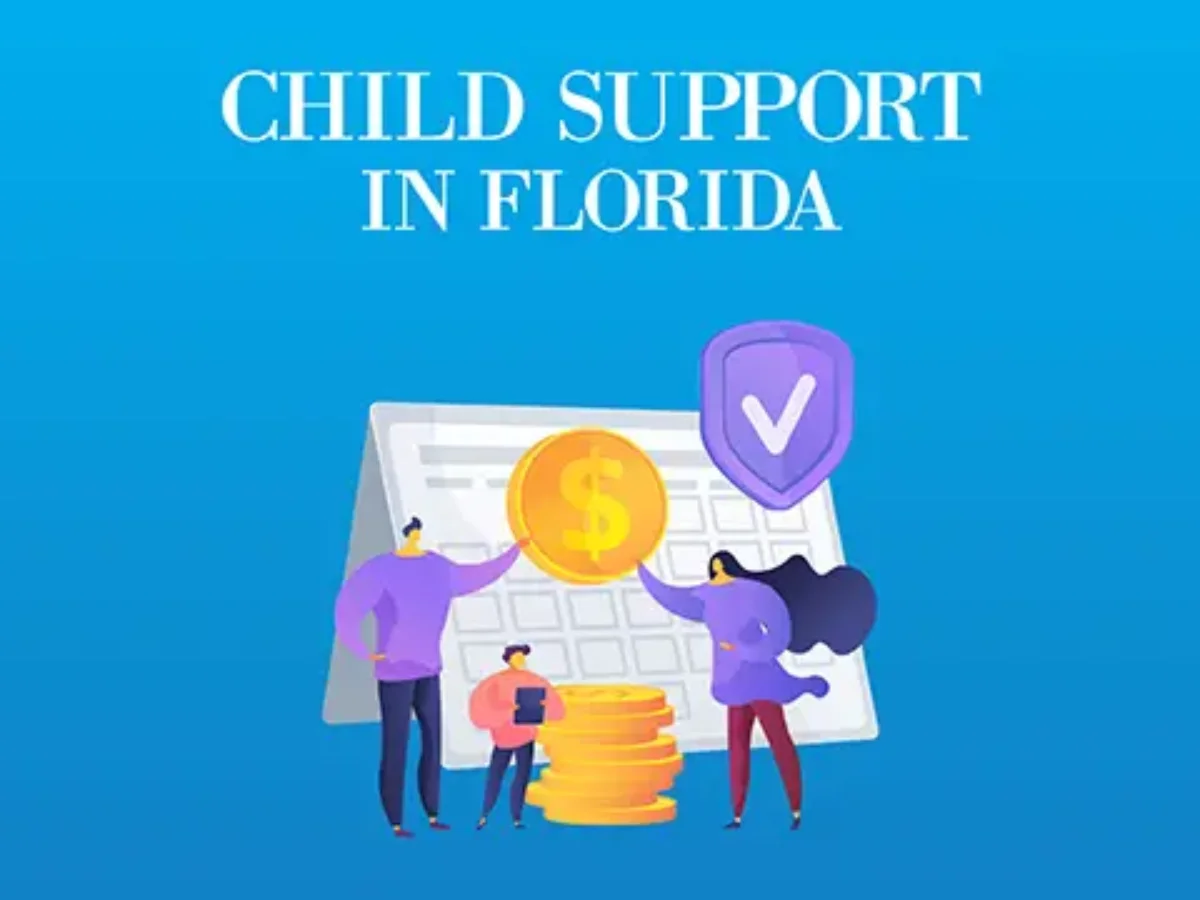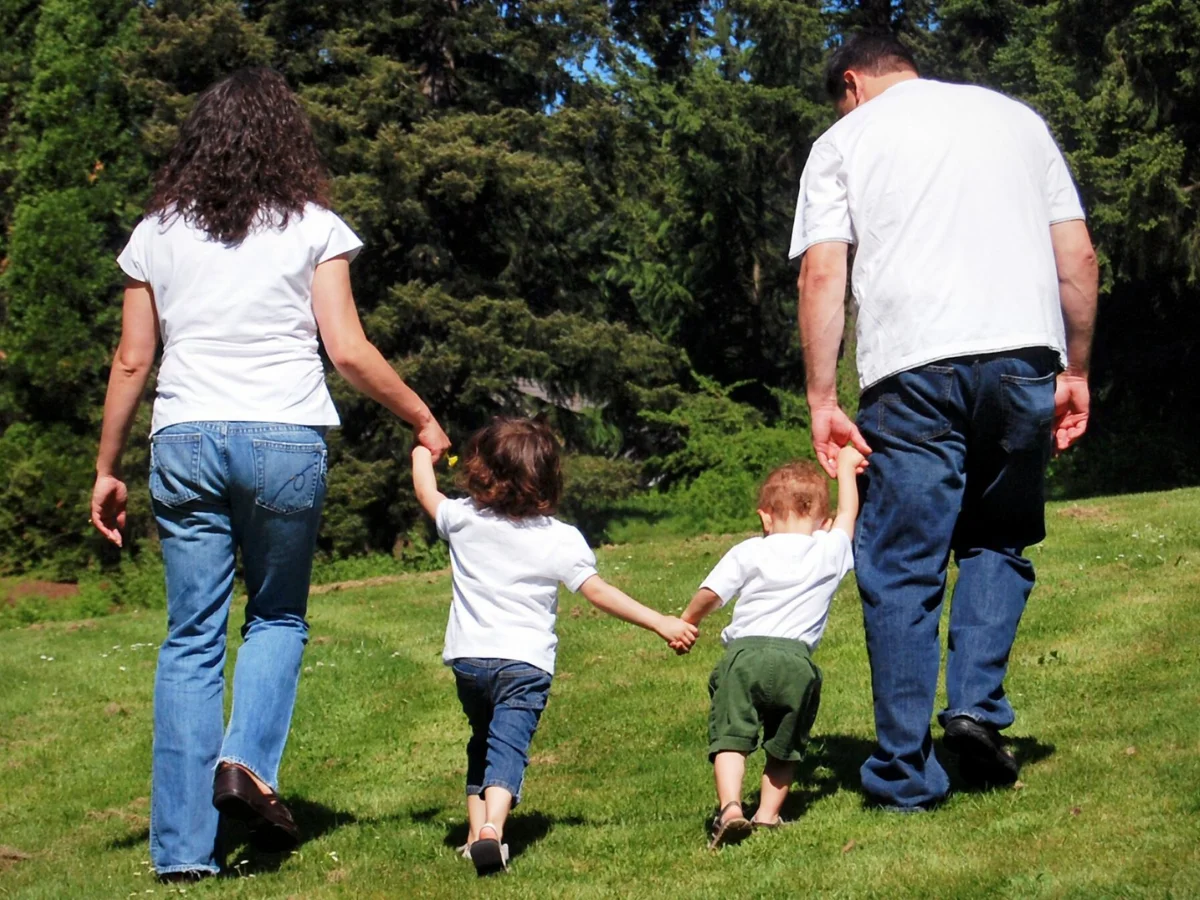Introduction: can cps take my child for a messy house
In today’s world, child welfare is a paramount concern, and Child Protective Services (CPS) plays a vital role in ensuring the safety and well-being of children. One question that often arises is whether CPS can take a child away from their parents due to a messy house. In this article, we will delve into this complex issue, exploring the factors that CPS considers, the significance of household conditions, and the steps parents can take to maintain a safe and suitable living environment for their children.
The Role of CPS: Safeguarding Children’s Well-being
Child Protective Services (CPS) is an agency entrusted with the responsibility of safeguarding children from neglect, abuse, and hazardous living conditions. While a messy house alone may not be the sole reason for CPS intervention, it can contribute to concerns about a child’s welfare. CPS’s primary focus is on ensuring that children grow up in environments that promote their physical, emotional, and psychological well-being.
Understanding Messy House as a Concern
The Spectrum of Messiness
When discussing a messy house, it’s important to differentiate between a cluttered home and one that poses genuine hazards to a child’s safety. Clutter and disorganization are common, especially in households with young children. However, extreme levels of messiness that result in unsanitary conditions, structural hazards, and the inability to provide proper care may raise red flags for CPS.
Health and Safety Implications
A messy house can have various health and safety implications for children. Accumulated clutter can harbor pests, allergens, and mold, potentially leading to respiratory issues and other health concerns. Additionally, cluttered spaces increase the risk of accidents, such as trips and falls, which can be particularly hazardous for young children.
CPS’s Assessment and Decision-Making
Comprehensive Evaluations
When CPS receives a report or becomes concerned about a child’s living conditions, they conduct thorough assessments. These assessments involve evaluating the overall environment, checking for potential hazards, and considering the child’s immediate and long-term well-being.
Holistic Approach
CPS takes a holistic approach when evaluating household conditions. They consider not only the physical state of the house but also the parents’ ability to provide a safe and nurturing environment. Factors such as the presence of essential utilities, access to medical care, and the child’s emotional needs are all taken into account.
Steps to Ensure a Safe Living Environment
Regular Cleaning and Organization
Maintaining a clean and organized home is essential for creating a safe living environment. Regular cleaning routines can help prevent the buildup of clutter and ensure that the space remains sanitary and habitable for both children and adults.
Addressing Safety Hazards
Parents should prioritize identifying and addressing safety hazards within the home. This includes securing heavy furniture, keeping hazardous chemicals out of reach, and ensuring that electrical outlets are childproofed.
Seeking Support
If parents find themselves overwhelmed by the task of maintaining a tidy home, seeking support from friends, family, or community resources can make a significant difference. Sometimes, a helping hand can alleviate stress and contribute to a more organized living space.
Conclusion
In conclusion, while a messy house alone may not lead to CPS taking a child away from their parents, it is essential to recognize the potential risks associated with an excessively cluttered and hazardous living environment. CPS’s primary concern is the well-being of the child, and they will assess various factors before making any decisions. By prioritizing cleanliness, organization, and safety, parents can create a nurturing home that supports their child’s growth and development.
FAQs
1. Can CPS take my child solely because my house is messy?
CPS considers various factors when assessing a child’s living conditions. While a messy house may raise concerns, it is unlikely to be the sole reason for intervention.
2. What should I do if I’m struggling to keep my house clean?
If you’re finding it challenging to maintain a clean home, consider reaching out to friends, family, or local resources for support. Small steps can make a big difference.
3. How can I childproof my home to ensure my child’s safety?
Childproofing involves securing furniture, covering electrical outlets, and keeping hazardous items out of reach. Regularly inspect your home for potential safety hazards.
4. What happens during a CPS assessment?
During a CPS assessment, social workers evaluate various aspects of your home and family life to determine the overall well-being of your child.
5. Where can I find more information about CPS and child welfare?
For more information about CPS and child welfare, you can visit their official website or contact your local CPS office.
Contents
- 1 Introduction: can cps take my child for a messy house
- 2 The Role of CPS: Safeguarding Children’s Well-being
- 3 Understanding Messy House as a Concern
- 4 CPS’s Assessment and Decision-Making
- 5 Steps to Ensure a Safe Living Environment
- 6 Conclusion
- 7 FAQs
- 7.1 1. Can CPS take my child solely because my house is messy?
- 7.2 2. What should I do if I’m struggling to keep my house clean?
- 7.3 3. How can I childproof my home to ensure my child’s safety?
- 7.4 4. What happens during a CPS assessment?
- 7.5 5. Where can I find more information about CPS and child welfare?

